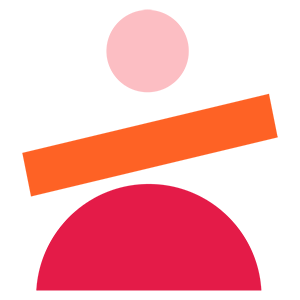CLIENT: NORC at the University of Chicago
SCOPE: Survey Strategy, Logo Design, Survey Design
The National Survey of Fishing, Hunting and Wildlife-Associated Recreation was launched in 1955 and Is typically conducted every five years. Federal and state agencies use information gathered from the survey to make policy decisions related to fish and wildlife restoration and management.
Under its previous stewardship, the survey had been producing diminishing results and had become lengthy, costly to administer and prone to overlooking rural enthusiasts. As a result, response rates had declined, which had hampered information-gathering for conservation efforts. This prompted the survey’s sponsor, the Association of Fish & Wildlife Agencies (AFWA), to seek out the National Opinion Research Center at the University of Chicago (NORC) for help in reimagining the survey's data collection methodology.
NORC significantly expanded the 2022 data capture from the most recent 2016 survey. The initial screener asks for information from as many as 4 adults and 4 children from a single household. If selected, each respondent then receives from 1 to 3 surveys (fishing, hunting and/or wildlife) in 3 waves each over the course of a year (potentially 9 surveys total). Each survey gathers information for up to 4 states per survey. It is a tremendous amount of information and the fear was that respondents would feel bombarded, overwhelmed and confused.
As a veteran survey designer, I was originally brought into the project to simply update the standard instrument that had been in use for years. As I began to understand the scope of the project however, it became evident to me that the study was sorely in need of redesign. I felt that in order to control the breadth of information across time, and to make it clear to respondents where they were in the process, it would be necessary to devise a system of identifiers to organize and differentiate the content. Additionally, I thought it would be critical to make the survey friendlier and more visually appealing in order to ensure engagement and increase response rates.
With the enthusiastic support of the project directors, I devised a new unified look for the survey with modifications for each version that echo the initial screener's aesthetic, which is the first mailing the respondent receives. I accomplished this with a related series of logos, color distinction and continuity of format. My objective was to design an instantly recognizable instrument that was aesthetically familiar over time, yet clearly highlighted the different survey focus at each interval.
It was a tall order, but the finished product (both in English and in Spanish) was extremely successful, with completion rates that greatly exceeded all expectations. The improved methods of data collection and instrument redesign significantly upgraded the reliability of the survey findings which are now helping fish and wildlife agencies better manage their conservation programs.
